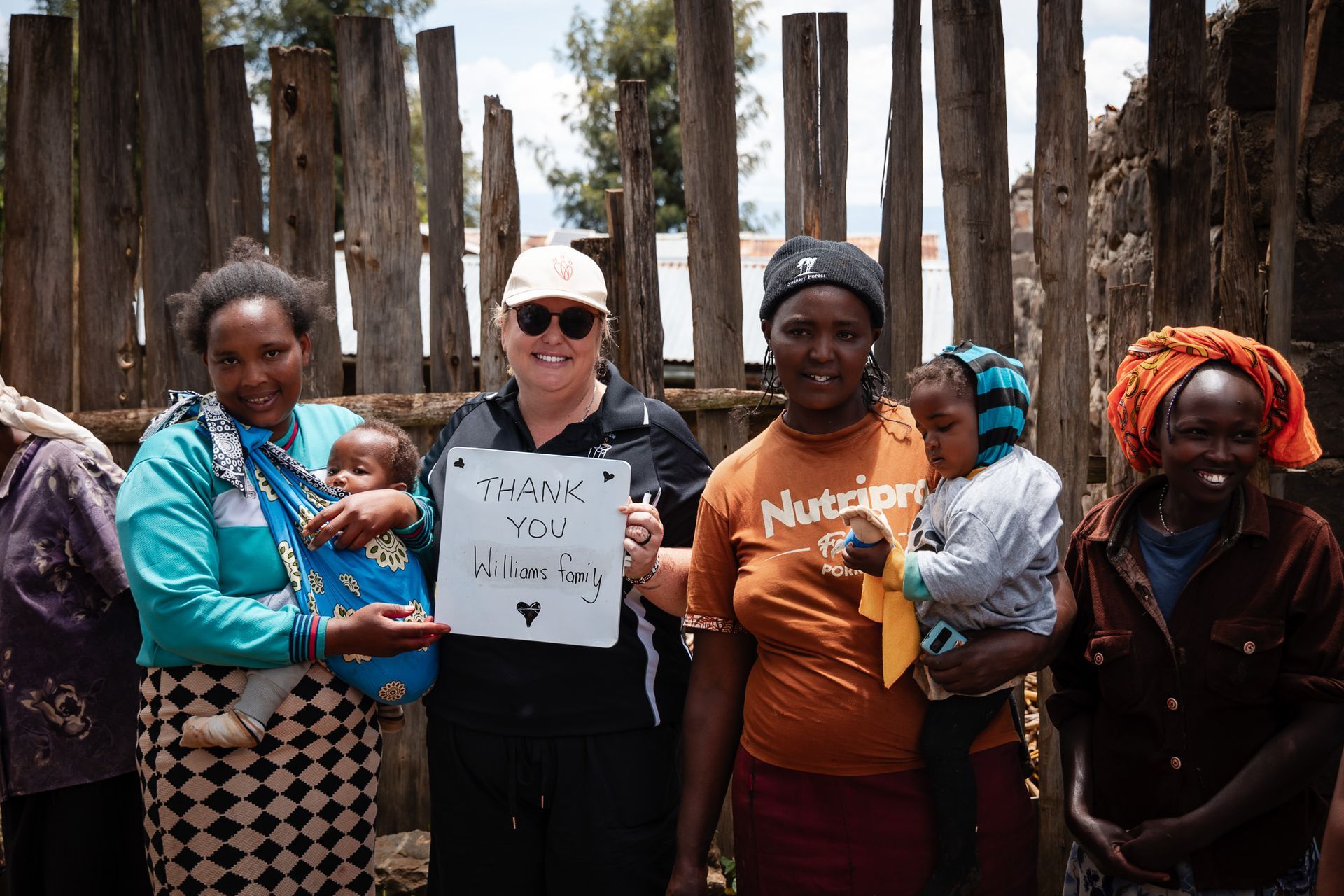August 4, 2025
Australia’s charity sector is a powerhouse of social good—but it’s also a landscape marked by deep inequity

Australia’s charity sector is a powerhouse of social good—but it’s also a landscape marked by deep inequity. The latest Australian Charities Report reveals a troubling truth: the bigger the charity, the bigger the slice of the pie.
Despite making up over 30% of all registered charities, extra small organisations received just 0.1% of the sector’s total revenue. Meanwhile, a mere 0.5% of charities—those classified as extra-large—commanded a staggering 56% of all revenue. That’s not just disproportionate—it’s systemic.
Government funding follows the same pattern. Extra-large charities secured $64.5 billion, while extra small ones scraped together just $19 million. And when it comes to donations, the story is no better. A single $4.9 billion donation to one foundation accounted for nearly all the sector’s growth in bequests. Outside of that anomaly, donations rose by less than 0.4%. Only 56% of extra small charities received donations, down from 66% the previous year.
But the inequity runs deeper than dollars.
Take the Australian Endometriosis Foundation (AEF) as a case in point. AEF is a volunteer-led organisation providing face-to-face support to young women living with endometriosis—a chronic condition affecting 1 in 9 Australian women. Their programs are evidence-based, trauma-informed, and deeply impactful: from fertility support forums and annual retreats to care packs for hospital patients and peer-led coffee catchups. These initiatives offer connection, comfort, and community to those navigating a debilitating disease.
Yet despite their reach and relevance, AEF faces constant funding knockbacks. The organisation is governed by a committed board, held to the same standards of compliance, risk management, and financial oversight as multimillion-dollar charities. But unlike those large organisations, AEF doesn’t have paid staff or consultants to navigate grant applications, acquittals, and reporting frameworks. They do it all with volunteers.
And still, they’re expected to meet the same governance obligations.
This is the reality for many small charities: high expectations, low support. The emotional toll of repeated rejection—while delivering critical services—is immense. It’s not just disheartening; it’s unsustainable.
The data paints a clear picture: Australia’s charity sector is thriving—but not equitably. If we want a sector that reflects the diversity and depth of our communities, we must rethink how funding and support are distributed. That means:
- Investing in governance training and mentoring for small charity boards
- Simplifying access to grants and compliance tools
- Recognising the disproportionate burden placed on volunteer-led organisations
- Creating funding streams that prioritise equity, not just scale
Because when small charities miss out, so do the communities they serve. And when governance becomes a barrier instead of a backbone, we risk losing the very organisations that hold our social fabric together.
The Impact Lens is a curated series exploring leadership, governance, and personal reflection—offering insights from the heart of social change. Each article distils real-world experiences into actionable perspectives on ethical leadership, cultural integrity, and strategic governance. Whether you're navigating systems or driving community impact, these reflections are designed to inform, challenge, and inspire.
Subscribe to receive practical leadership strategies, governance tips, and thought-provoking commentary direct to your inbox.
https://lnkd.in/gSF8DF99





